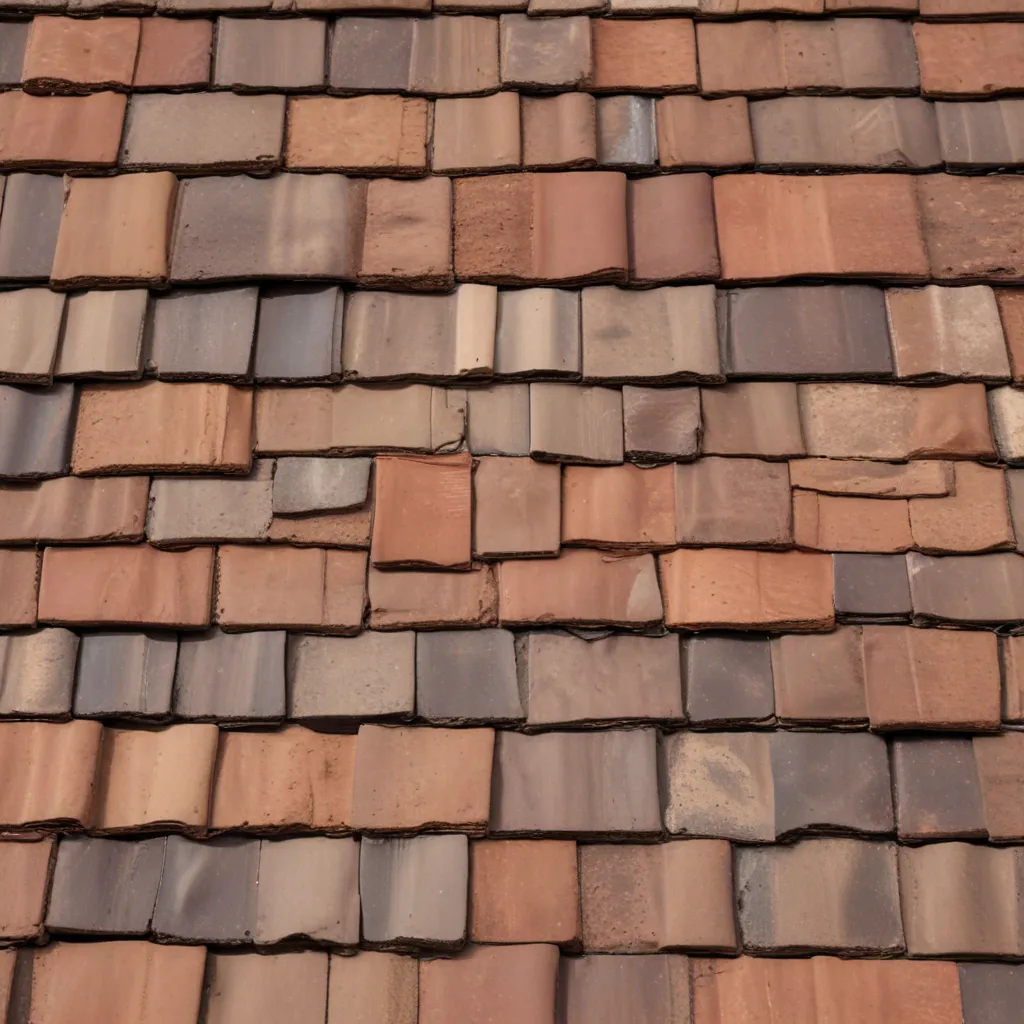
As an experienced roofing specialist, I know that tile roofing has long been a popular choice for homeowners and builders alike. These durable, visually appealing systems offer a range of benefits, from superior weather resistance to enhanced energy efficiency. However, selecting the right tile roofing solution for your project requires careful consideration of various performance factors. In this comprehensive guide, we’ll explore the key aspects you should evaluate when choosing a tile roofing system for your home or commercial building.
Tile Roofing System
Tile roofing comes in two primary varieties: clay tiles and concrete tiles. Clay tiles, made from natural clay materials, are renowned for their timeless aesthetic and exceptional durability. Concrete tiles, on the other hand, offer a more cost-effective alternative while still providing a similar look and performance.
Tile Types
Clay Tiles: Crafted from natural clay, these tiles are fired at high temperatures, resulting in a robust, long-lasting roofing solution. Clay tiles come in a variety of styles, from the classic barrel-shaped Spanish tiles to the sleek, flat slate tiles. They are known for their ability to withstand the elements, offering superior resistance to fire, wind, and water.
Concrete Tiles: As a more affordable option, concrete tiles are made by molding and curing a mixture of cement, sand, and other aggregates. While they may not match the longevity of clay tiles, concrete tiles still provide excellent protection and can be designed to mimic the appearance of their natural counterparts.
Tile Installation
Proper installation is crucial for the long-term performance of a tile roofing system. This includes the use of an appropriate underlayment, which acts as a barrier between the tiles and the roof deck, providing additional waterproofing and protecting the structure from potential leaks. The tiles are then securely fastened to the roof using a variety of methods, such as wire ties, nails, or screws, to ensure they can withstand strong winds and other weather conditions.
Tile Roofing Performance
When it comes to evaluating the performance of a tile roofing system, several key factors must be considered, including durability, energy efficiency, and longevity.
Durability Considerations
Weather Resistance: Tile roofing is renowned for its exceptional weather resistance. Both clay and concrete tiles are highly resistant to water, offering superior protection against leaks and water damage. Additionally, they can withstand high winds, hail, and even fire, making them a popular choice in regions prone to severe weather.
Fire Safety: Tile roofing systems are inherently fire-resistant, as the tiles themselves are non-combustible. This provides an added layer of safety and protection for your home or building, especially in areas with a high risk of wildfires.
Energy Efficiency
Thermal Mass: Tile roofing systems offer the advantage of thermal mass, which means they can absorb and store heat, releasing it gradually over time. This helps to regulate the indoor temperature, reducing the need for excessive heating or cooling and potentially lowering your energy bills.
Solar Reflectivity: Many tile roofing products, particularly those with light or reflective finishes, are designed to reflect solar radiation, further enhancing the energy efficiency of the building. This can be especially beneficial in hot climates, where reducing the amount of heat absorbed by the roof can significantly impact cooling costs.
Maintenance and Longevity
Proper maintenance and care are essential for ensuring the long-term performance and lifespan of your tile roofing system.
Cleaning and Repair
Moss and Algae Removal: Over time, tile roofs can accumulate moss, algae, and other organic growth, which can compromise their appearance and potentially lead to water damage. Regular cleaning and maintenance, using specialized cleaning solutions or professional services, can help keep your tile roof in top condition.
Replacing Damaged Tiles: Occasionally, individual tiles may become cracked, chipped, or dislodged due to weathering or other factors. Identifying and promptly replacing these damaged tiles is crucial to maintain the integrity of the roofing system and prevent further issues.
Lifespan Expectancy
The lifespan of a tile roofing system can vary significantly depending on several factors, including the climate, the quality of the installation, and the maintenance practices employed.
In general, properly installed and well-maintained tile roofs can last for 50 to 100 years or even longer. However, in areas with harsh environmental conditions, such as heavy snowfall, high winds, or extreme temperatures, the lifespan may be somewhat shorter. Consulting with a reputable roofing contractor can help you determine the expected lifespan of a tile roofing system in your specific location.
Environmental Impact
Beyond their performance and longevity, tile roofing systems also have important environmental considerations to take into account.
Sustainability
Recyclability: At the end of their useful life, many tile roofing products can be recycled or repurposed, reducing the amount of waste sent to landfills. This contributes to the overall sustainability of the roofing system and aligns with the growing emphasis on environmentally responsible construction practices.
Carbon Footprint: The manufacturing and installation of tile roofing systems generally have a lower carbon footprint compared to some other roofing materials, as they often require less energy-intensive production processes and can be sourced locally in many regions.
Local Regulations
When selecting a tile roofing system, it’s important to consider any local building codes or historical preservation requirements that may apply to your project. Some areas have specific guidelines or restrictions regarding the use of certain roofing materials, particularly in designated historic districts or neighborhoods with specific architectural styles. Consulting with local authorities or a knowledgeable roofing contractor can help ensure your tile roofing system meets all applicable regulations.
In conclusion, tile roofing systems offer a range of benefits that make them a popular choice for many homeowners and building owners. By carefully evaluating the durability, energy efficiency, maintenance requirements, and environmental impact of tile roofing, you can make an informed decision that aligns with your project’s needs and long-term goals. For more information on tile roofing and other genuine roofing solutions, visit Genuine Roof Systems.

























